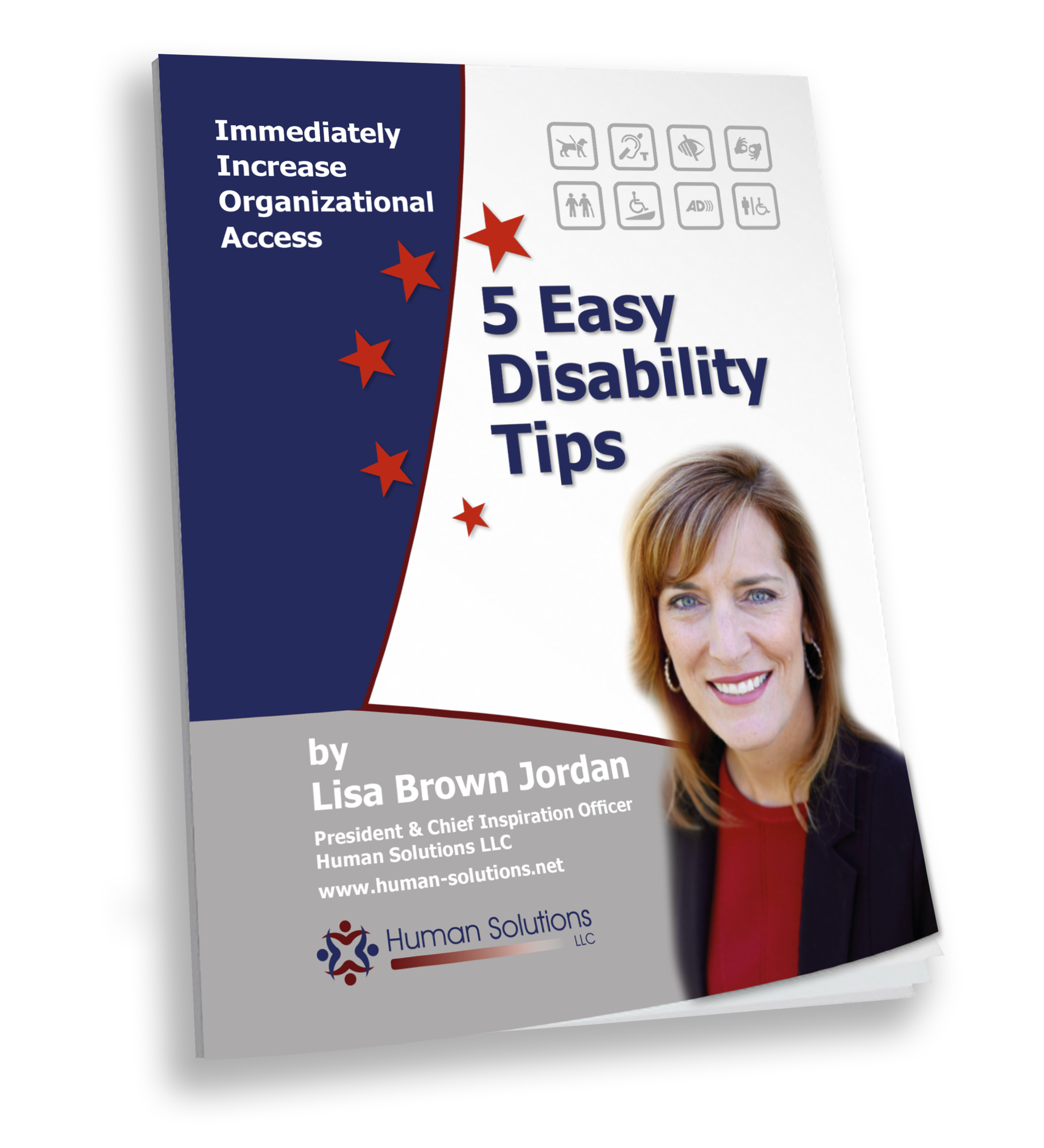For Madera County Workforce Investment Corporation (MCWIC), integrating peer mentoring into their services for customers with disabilities was actually not part of the identified strategies of California’s Disability Employment Initiative (DEI). It was a component they felt strongly about including and utilized the flexible spending component of their contract with the State of California Employment Development Department (EDD), which was the grant administrator, to make it happen.
Why? According to Maiknue Vang (pronounced my-new), Disability Resource Coordinator and Program Supervisor from MCWIC, after looking at the structure of the DEI grant, they felt it would not only support the outcomes of the program, but enhance the quality of services customers were receiving. In order to increase the likelihood of success and better understand the dynamics of the program, the peer mentoring component was implemented toward the later part of the grant. For MCWIC, timing was key.
To get the peer mentoring component going, the staff first had to get to know the customers they were serving. In selecting the mentors, Maiknue stated they looked for customers that appeared eager, motivated, familiar with community resources, and willing to help. Within the DEI customer base, three DEI mentors were identified, with one additional being added at a later date. The mentors represented customers in different phases of the job seeking process, including: working, attending training, pursuing self-employment, and participating in “up front services,” or the traditional array of services offered by an American Job Center. The mentors were located in the three geographic areas that MCWIC serves: Madera, Chowchilla, and Oakhurst, California.
Before the mentors got started, Maiknue said that expectations for the mentoring program were reviewed with each mentor. This included:
- Providing an overview and purpose of the mentoring program
- Discussing the program components and expectations
- Reviewing the mentor roles and responsibilities
- And, establishing a meeting schedule for future mentor meetings
The mentors became part of the Peer Advisory Team, and took ownership over gathering local resources in their area, making phone calls, conducting outreach, attending community events, and surveying the other DEI customers about their service needs. The results from the survey were used to identify overarching themes – What was the program doing well? What were workshop topics the program could provide? This information helped shape the larger mentoring program content.
While it wasn’t mentioned in the initial interview, each of the mentors received a bi-monthly stipend. In order to receive it, the mentor had to complete at least 10 hours of work each week, but it could not exceed four hours per day to ensure job search and training activities could still take place. While the stipends and mileage reimbursement were appreciated, Maiknue said the mentors were most excited about receiving a center name badge and personalized business card. She stated that it seemed to give them a sense of renewed purpose and a level of importance most had not felt in a long time.
Maiknue stated that in addition to being in charge of facilitating all of the monthly group meetings attended by DEI customers, the mentors also did a lot of one-on-one “coaching and encouraging.” It was primarily with customers who were having a difficult time with the AJC process and transition of returning to work. Mentors guided these individuals by sharing their personal life stories and the experiences they had with the DEI program. She said she saw customers who were shy, with limited self-esteem become confident leaders as a result of the interaction. The mentors also helped arrange for workshop speakers, including the Small Business Administration, a Human Resource Specialist, and California Legal Assistance, to name a few. The combination of education, the group connection and access to one-on-one support served the project well.
When asked about whether or not she felt the incorporation of peer mentoring actually changed the outcomes for their DEI program, Maiknue felt it did. While program goals were met and exceeded, she said the bigger impact was the environment the peer mentors helped create at the AJC. The AJC became a place in the community where people with disabilities felt accepted and safe. Within the program, there was a sense of “family” that developed with those participating, primarily due to the work of the peer mentors. Without this program component, Maiknue didn’t think this level of change would have been achieved, especially related to the overall image of the AJC by customers with disabilities, and the positive and lasting relationships that were built with the program participants.

Leave a Reply